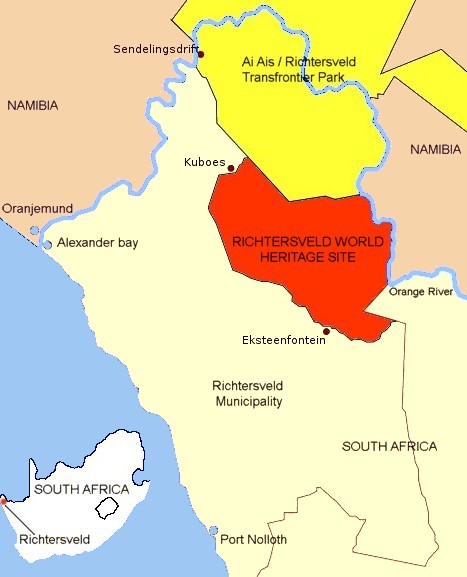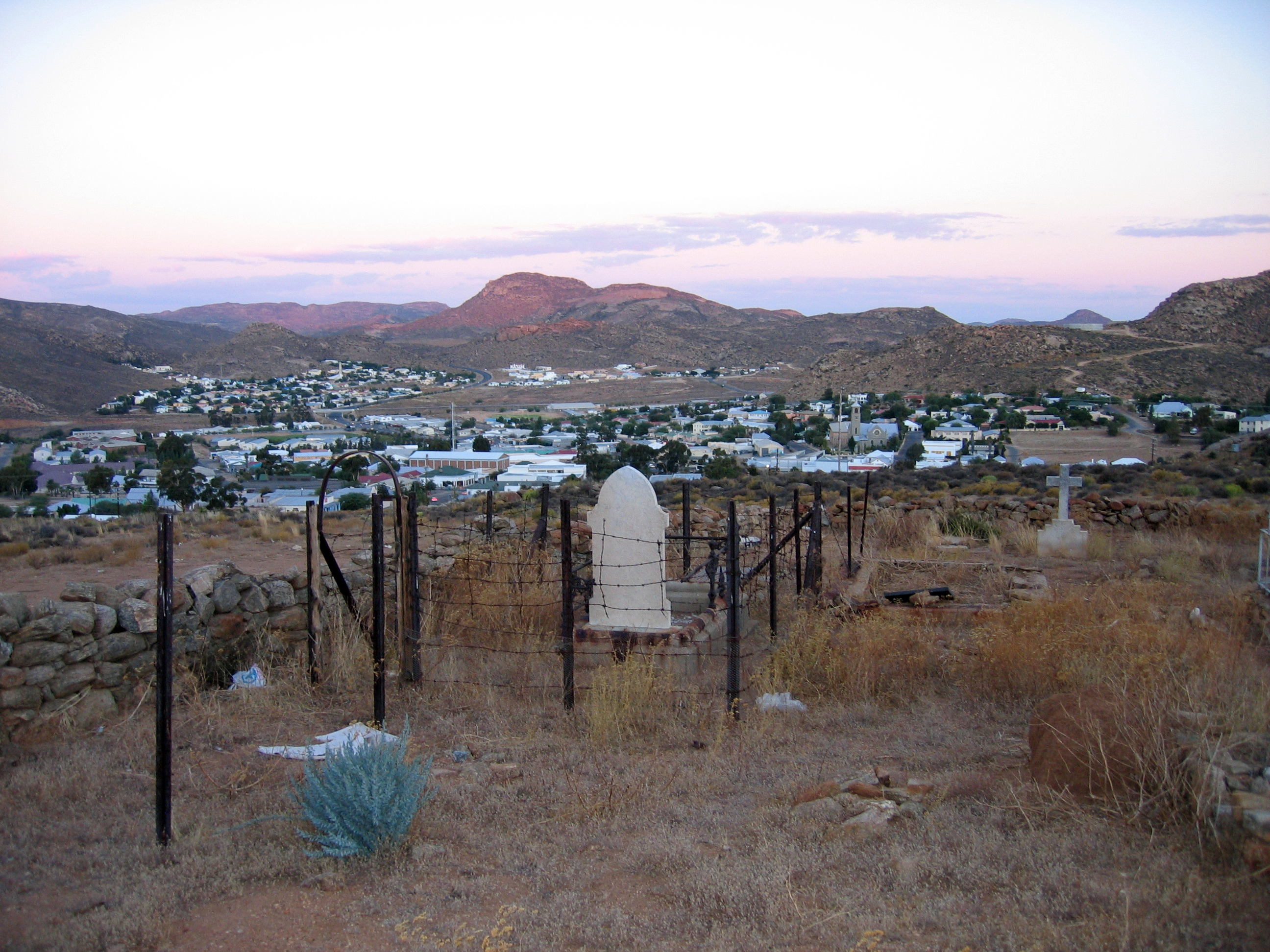|
Conophytum Chrisolum
''Conophytum chrisolum'' is a species of succulent plant in the ''Iceplant Family'' Aizoaceae. It is endemic to the Richtersveld region of Northern Cape Province in South Africa South Africa, officially the Republic of South Africa (RSA), is the Southern Africa, southernmost country in Africa. Its Provinces of South Africa, nine provinces are bounded to the south by of coastline that stretches along the Atlantic O .... It may be the smallest free-living, land dwelling (non-aquatic) flowering plant, and certainly is the smallest succulent, measuring no more than 0.4 inch (10 mm) in height by less than 0.25 inch (6 mm) in width. It never branches or divides. It was only discovered in 1994 by botanical explorer Chris Rodgerson. The solitary magenta colored flower, up to 0.8 inch (20 mm) in diameter, is wider than the plant. References chrisolum Endemic flora of the Cape Provinces {{Aizoaceae-stub ... [...More Info...] [...Related Items...] OR: [Wikipedia] [Google] [Baidu] |
Succulent Plant
In botany, succulent plants, also known as succulents, are plants with parts that are thickened, fleshy, and engorged, usually to retain water in arid climates or soil conditions. The word ''succulent'' comes from the Latin word ''sucus'', meaning "juice" or "sap". Succulents may store water in various structures, such as leaf, leaves and Plant stem, stems. The water content of some succulent organs can get up to 90–95%, such as ''Glottiphyllum semicyllindricum'' and ''Mesembryanthemum barkleyii''. Some definitions also include roots, thus geophytes that survive unfavorable periods by dying back to underground storage organs (caudex) may be regarded as succulents. The habitats of these water-preserving plants are often in areas with high temperatures and low rainfall, such as deserts, but succulents may be found even in Alpine climate, alpine ecosystems growing in rocky or sandy soil. Succulents are characterized by their ability to thrive on limited water sources, such as mist ... [...More Info...] [...Related Items...] OR: [Wikipedia] [Google] [Baidu] |
Aizoaceae
The Aizoaceae (), or fig-marigold family, is a large family of dicotyledonous flowering plants containing 135 genera and about 1,800 species. Several genera are commonly known as 'ice plants' or 'carpet weeds'. The Aizoaceae are also referred to as ''vygies'' in South Africa. Some of the unusual Southern African genera—such as '' Conophytum'', '' Lithops'', '' Titanopsis'' and '' Pleiospilos'' (among others)—resemble gemstones, rocks or pebbles, and are sometimes referred to as 'living stones' or 'mesembs' (short for mesembryanthemums). Description The family Aizoaceae is widely recognised by taxonomists. It once went by the botanical name "Ficoidaceae", now disallowed. The APG II system of 2003 (unchanged from the APG system of 1998) also recognizes the family, and assigns it to the order Caryophyllales in the clade core eudicots. The APG II system also classes the former families Mesembryanthemaceae Fenzl, Sesuviaceae Horan. and Tetragoniaceae Link under the family ... [...More Info...] [...Related Items...] OR: [Wikipedia] [Google] [Baidu] |
Endemic
Endemism is the state of a species being found only in a single defined geographic location, such as an island, state, nation, country or other defined zone; organisms that are indigenous to a place are not endemic to it if they are also found elsewhere. For example, the Cape sugarbird is found exclusively in southwestern South Africa and is therefore said to be ''endemic'' to that particular part of the world. An endemic species can also be referred to as an ''endemism'' or, in scientific literature, as an ''endemite''. Similarly, many species found in the Western ghats of India are examples of endemism. Endemism is an important concept in conservation biology for measuring biodiversity in a particular place and evaluating the risk of extinction for species. Endemism is also of interest in evolutionary biology, because it provides clues about how changes in the environment cause species to undergo range shifts (potentially expanding their range into a larger area or bec ... [...More Info...] [...Related Items...] OR: [Wikipedia] [Google] [Baidu] |
Richtersveld
The Richtersveld is a desert landscape characterised by rugged kloofs and high mountains, situated in the north-western corner of South Africa’s Northern Cape province. It is full of changing scenery from flat, sandy, coastal plains, to craggy sharp mountains of volcanic rock and the lushness of the Orange River, which forms the border with neighboring Namibia. The area ranges in altitude from sea level, to at Cornellberg. Located in the north-western side of the Northern Cape province in South Africa, the Richtersveld is regarded as the only arid biodiversity hotspot on earth and the majority of the area is inscribed on UNESCO's World Heritage List due to its cultural values. The Nama people of Richtersveld claimed title to their traditional land and set aside this conservancy for future research and tourism. The northern part of the area was proclaimed in 1991 after 18 years of negotiations between the National Parks Board and the local Nama people who continue to live ... [...More Info...] [...Related Items...] OR: [Wikipedia] [Google] [Baidu] |
Northern Cape
The Northern Cape ( ; ; ) is the largest and most sparsely populated Provinces of South Africa, province of South Africa. It was created in 1994 when the Cape Province was split up. Its capital is Kimberley, South Africa, Kimberley. It includes the Kalahari Gemsbok National Park, part of the Kgalagadi Transfrontier Park and an Transboundary Protected Area, international park shared with Botswana. It also includes the Augrabies Falls and the diamond mining regions in Kimberley and Alexander Bay, Northern Cape, Alexander Bay. The Namaqualand region in the west is famous for its Dimorphotheca sinuata, Namaqualand daisies. The southern towns of De Aar and Colesberg found within the Great Karoo are major transport nodes between Johannesburg, Cape Town and Gqeberha. Kuruman can be found in the north-east and is known as a Mission (station), mission station. It is also well known for its artesian spring and Eye of Kuruman. The Orange River flows through the province, forming the borders ... [...More Info...] [...Related Items...] OR: [Wikipedia] [Google] [Baidu] |
South Africa
South Africa, officially the Republic of South Africa (RSA), is the Southern Africa, southernmost country in Africa. Its Provinces of South Africa, nine provinces are bounded to the south by of coastline that stretches along the Atlantic Ocean, South Atlantic and Indian Ocean; to the north by the neighbouring countries of Namibia, Botswana, and Zimbabwe; to the east and northeast by Mozambique and Eswatini; and it encloses Lesotho. Covering an area of , the country has Demographics of South Africa, a population of over 64 million people. Pretoria is the administrative capital, while Cape Town, as the seat of Parliament of South Africa, Parliament, is the legislative capital, and Bloemfontein is regarded as the judicial capital. The largest, most populous city is Johannesburg, followed by Cape Town and Durban. Cradle of Humankind, Archaeological findings suggest that various hominid species existed in South Africa about 2.5 million years ago, and modern humans inhabited the ... [...More Info...] [...Related Items...] OR: [Wikipedia] [Google] [Baidu] |
Conophytum
''Conophytum'' is a genus of South African and Namibian succulent plants that belong to the family Aizoaceae. The name is derived from the Latin ''conus'' (cone) and Greek ''phytum'' (plant). The plants are also known as knopies (buttons in Afrikaans), waterblasies (water blisters in Afrikaans), sphaeroids, conos, cone plants, dumplings, or button plants. Description ''Conophytum'' species are dwarf cushion-forming or single-bodied succulents. Members of the genus are tiny plants with succulent leaves ranging from 1/4" to 2" in length. These leaves are partially or entirely fused along their centers. Each leaf pair (together referred to as a body) ranges in shape from "bilobed" to spherical to ovoid to tubular to conical. Some species have epidermal windows on the top of their leaves. To the naked eye the epidermis ranges from very smooth to slightly rough to hairy, depending on the microscopic epidermal cell shape and structure. In their normal, natural state each stem has on ... [...More Info...] [...Related Items...] OR: [Wikipedia] [Google] [Baidu] |




